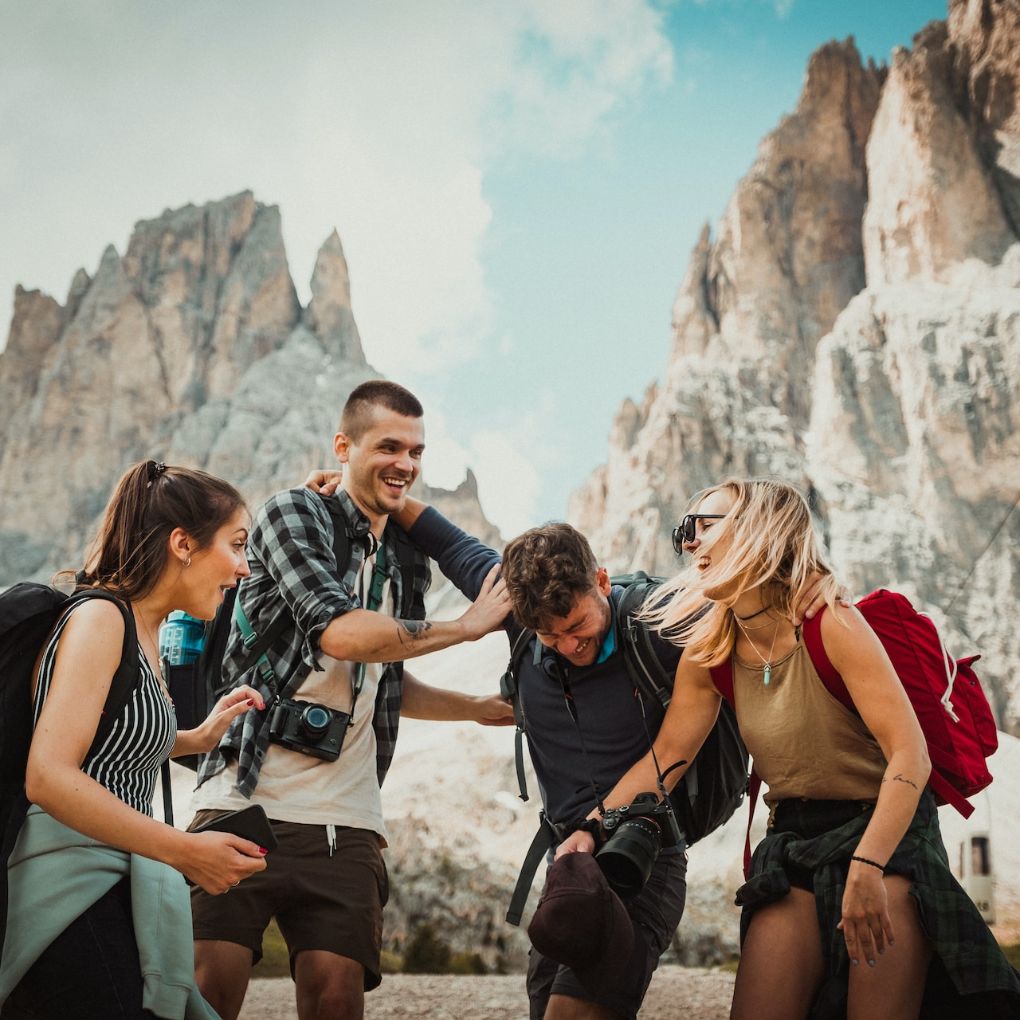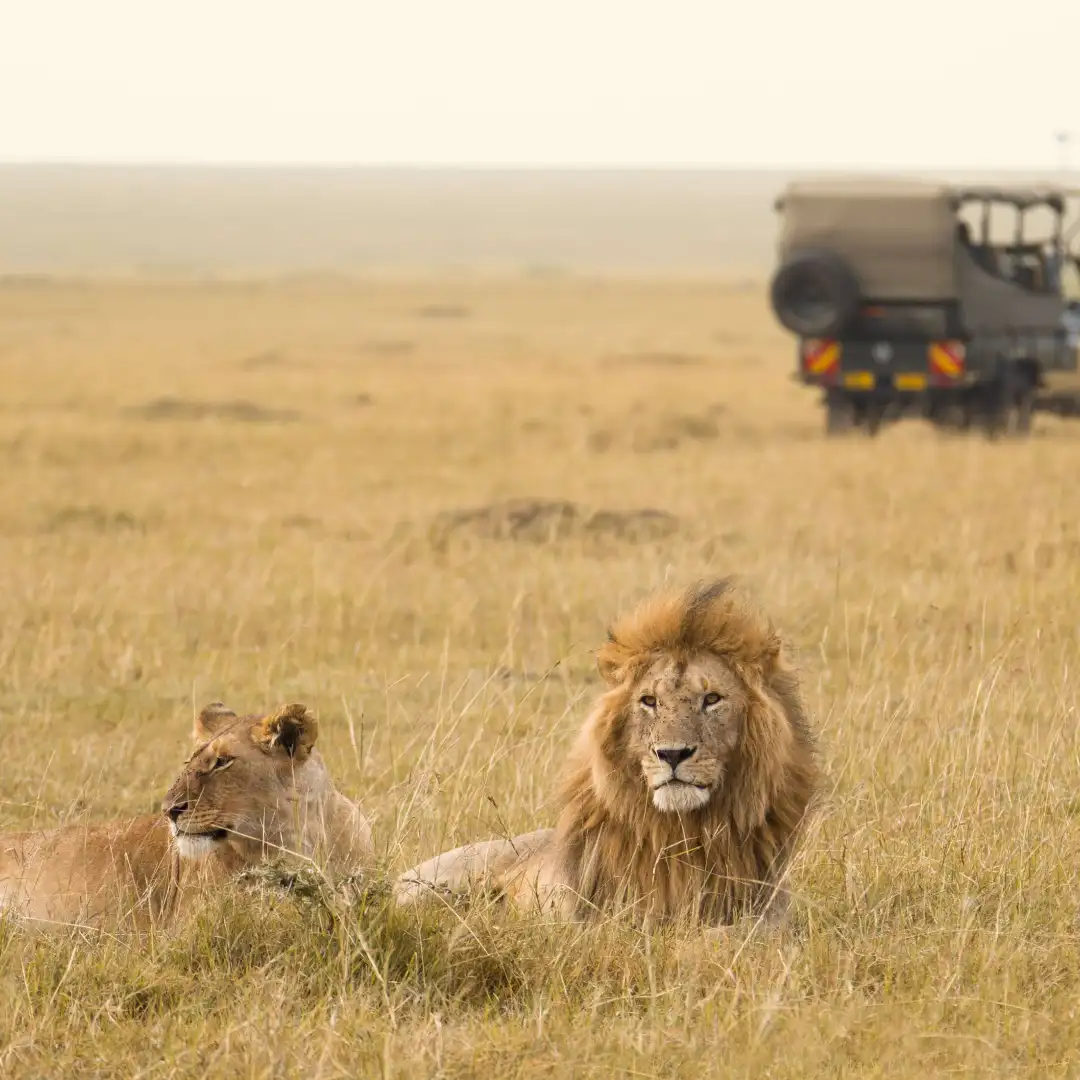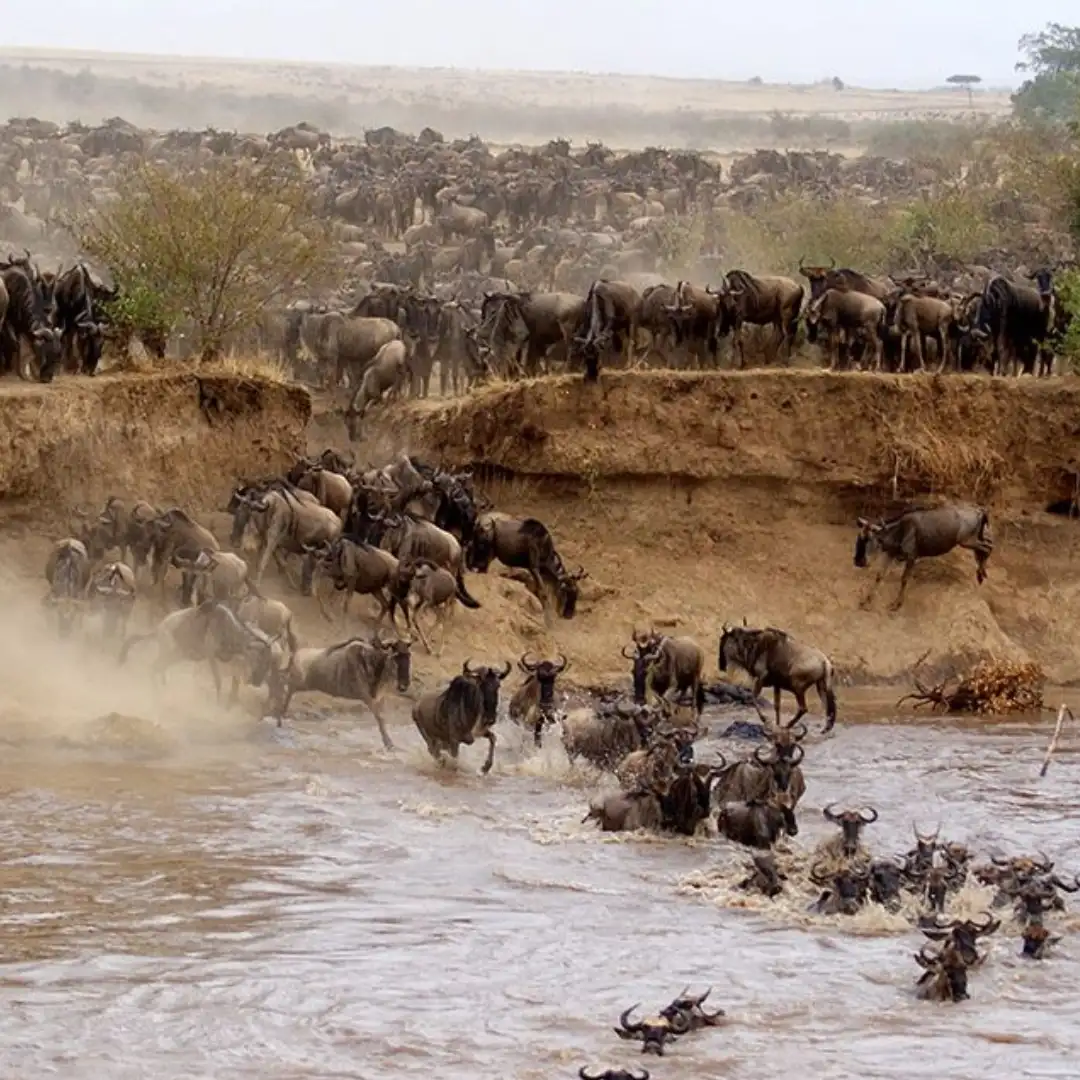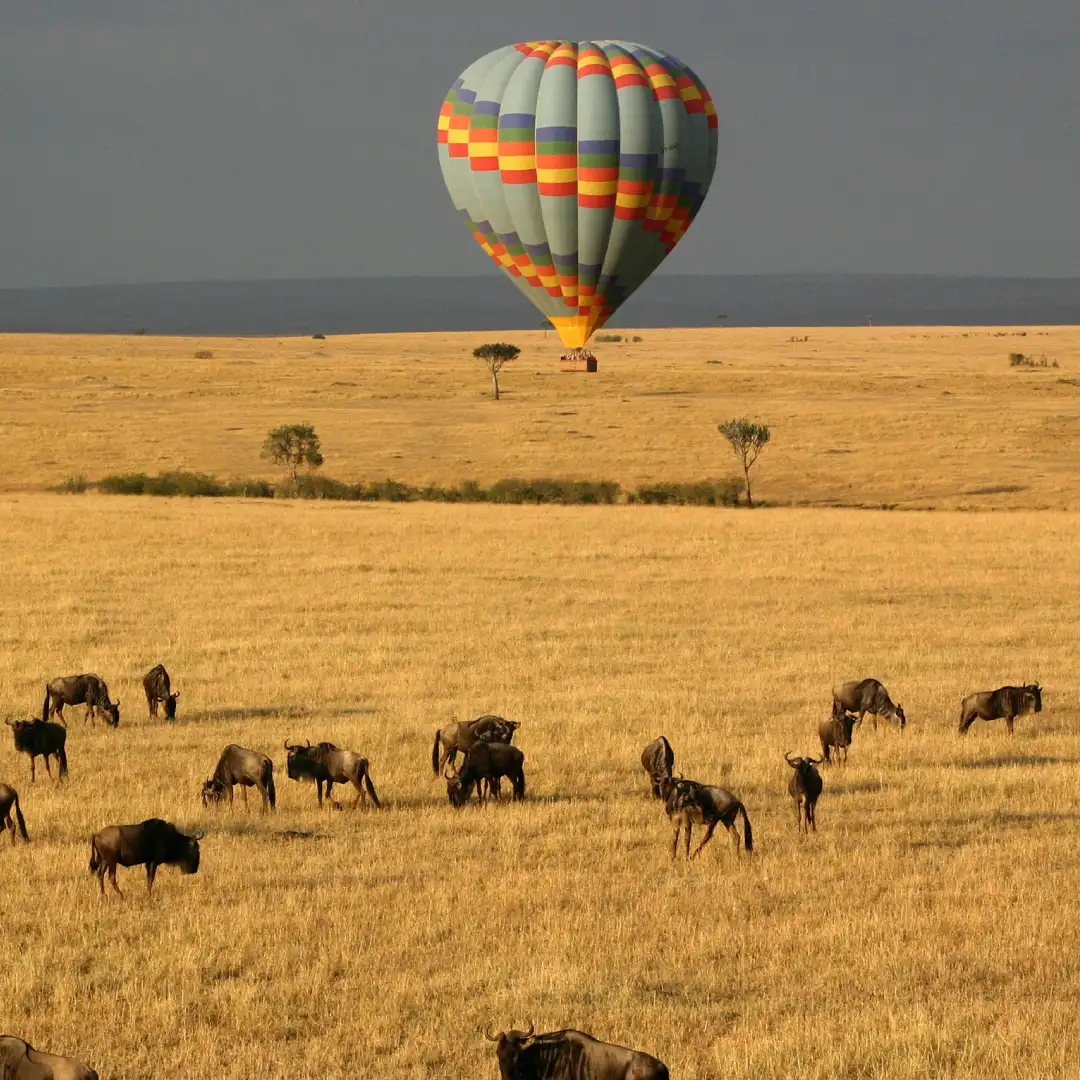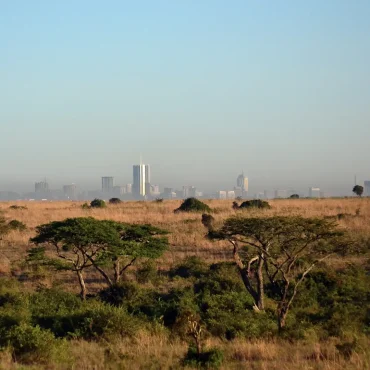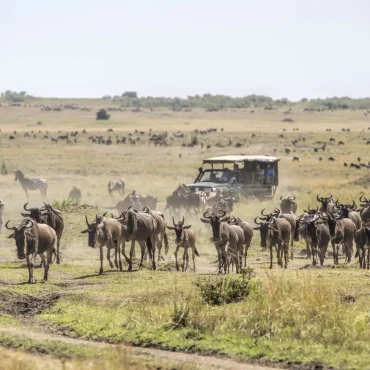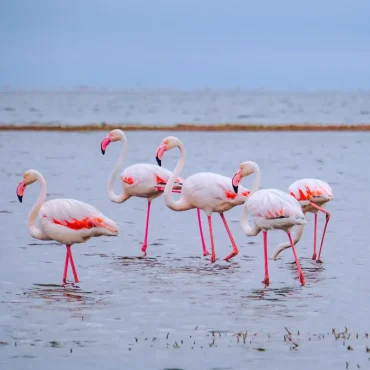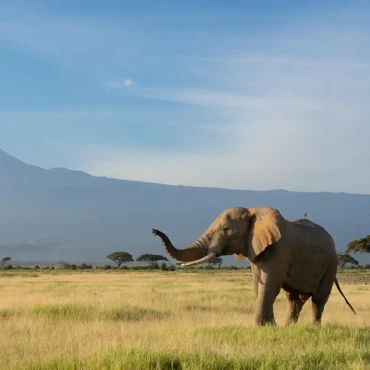Masai Mara National Reserve
Masai Mara National Reserve sits in southwest Kenya, sprawling across 1,510 square kilometres of classic African savannah. It borders Tanzania’s Serengeti, making it part of a larger ecosystem that supports a diverse range of wildlife.
Known for its spectacular wildlife viewing, the reserve is a favourite for those seeking to experience Africa’s majestic animals in their natural habitat, such as lions, cheetahs, elephants, and rhinos. The landscape, dotted with iconic acacia trees, sets a stunning scene for the legendary annual wildebeest migration, attracting nature enthusiasts from around the globe.
- Marvel at the Great Migration, a stunning display of wildlife in motion.
- Spot the famous Big Five roaming freely in their natural environment.
- Enjoy the dramatic vistas on morning or evening game drives.
- Explore the rich culture of the Maasai, the area’s indigenous nomadic tribe.
Masai Mara National Reserve is a living, breathing landscape where every visit promises unique encounters under the vast, open skies of Africa.
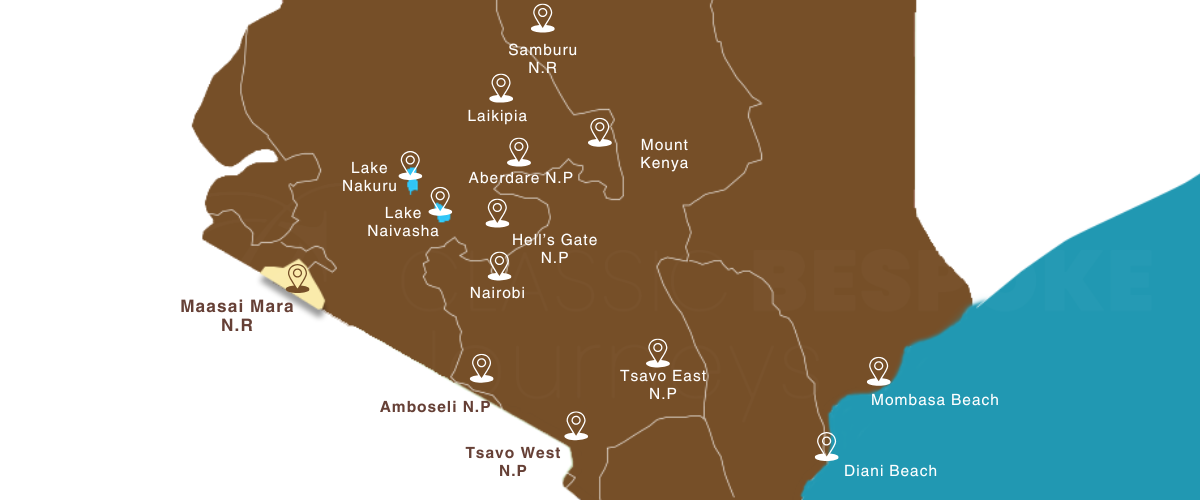
Best Time To Visit
Masai Mara really brings Africa’s wild side to life, with epic wildebeest migrations and big cats in action—it’s nature’s drama at its best!
The Masai Mara is most welcoming from June to October, the Dry season, when animals are often seen near water sources, and thinner vegetation makes them easier to spot.
This period also aligns with the dramatic wildebeest migration, particularly vivid between August and October, offering scenes straight out of a wildlife documentary.
The Wet season from November to May paints the reserve with lush greenery and abundant flowers, creating a picturesque setting for wildlife watching. Fewer tourists mean a more personal experience with nature, making it an ideal time for bird enthusiasts and those who enjoy the serenity.
Despite occasional rains that might affect travel plans, the presence of newborn animals and the vivid landscapes provide compelling reasons to Visit Masai Mara during these months.
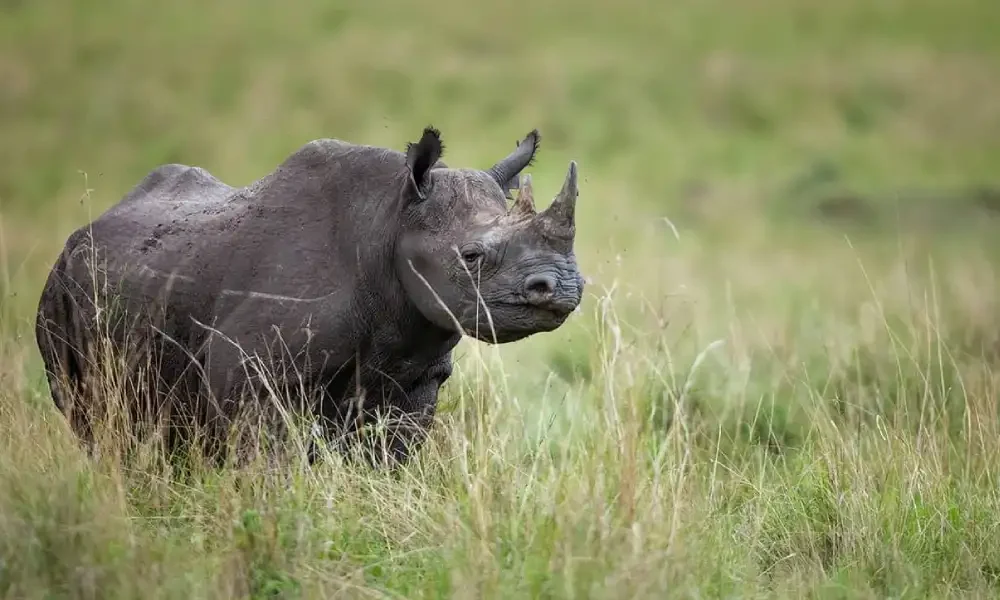
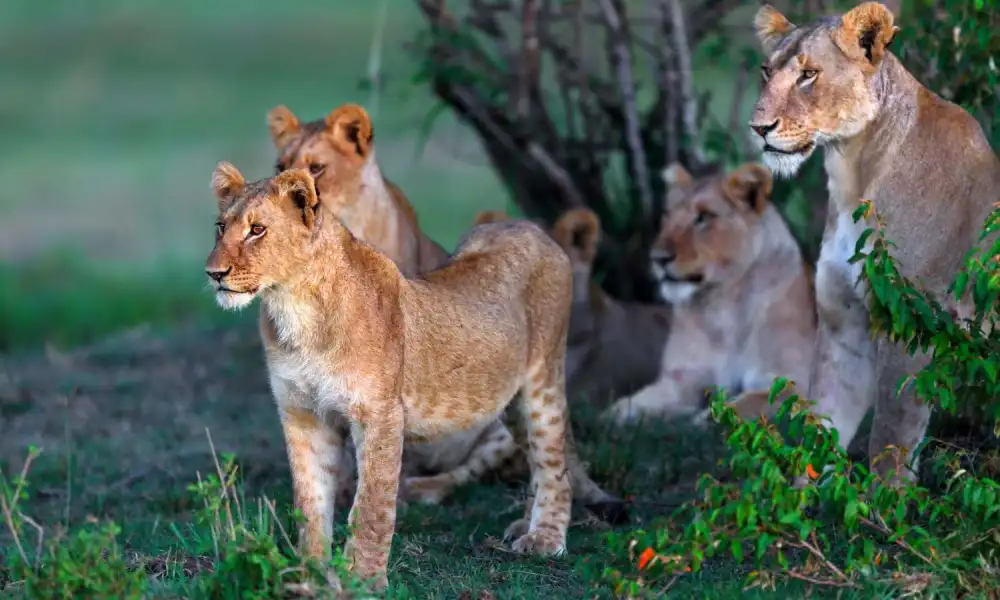
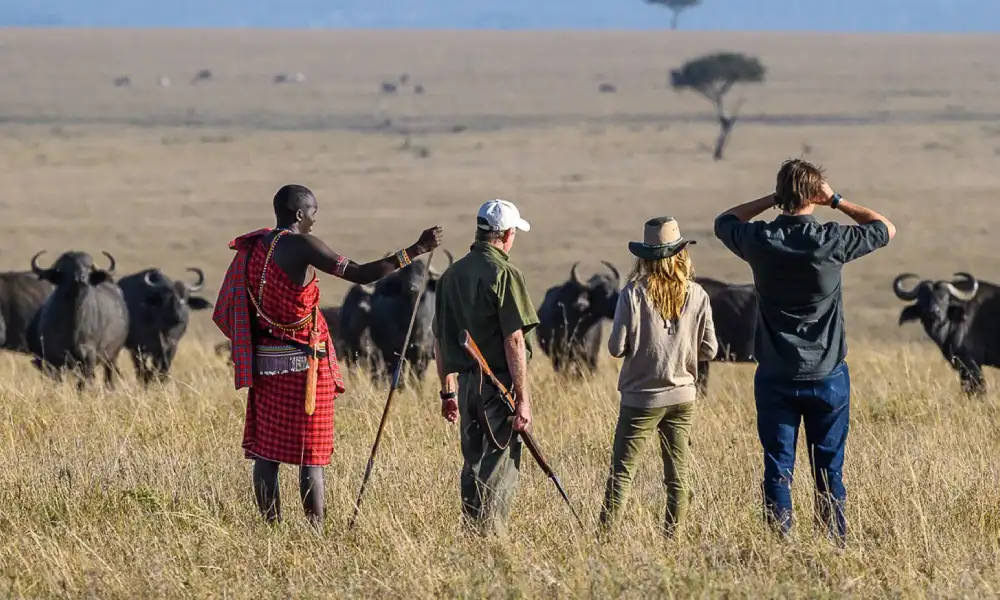
Wildlife
Masai Mara National Reserve is full of incredible wildlife. You can easily spot lions, elephants, and buffalo, while leopards and the rare black rhino are a bit harder to find. It’s also one of the best places for big cats like cheetahs and smaller predators like jackals and hyenas.
You’ll see plenty of antelopes, including impalas, gazelles, and elands, along with relaxed buffalo and giraffes. The famous wildebeest migration happens here every year, usually between July and October, as millions of animals cross from Tanzania’s Serengeti to Masai Mara, creating an unforgettable sight.
Masai Mara National Reserve FAQs
Masai Mara covers about 1,510 square kilometres (around 583 square miles). It’s not fenced, so animals move freely between the Masai Mara and Serengeti in Tanzania. Altogether, the entire ecosystem is about 30,000 square kilometres—almost the size of Belgium.
Masai Mara is one of Africa’s most famous safari spots. It’s known for its beautiful landscapes, incredible wildlife, and the Great Wildebeest Migration. Every year from July to October, millions of wildebeest, zebras, and gazelles migrate, followed by lions, cheetahs, and leopards. It’s also featured in many nature documentaries, including BBC’s Big Cat Diary.
The easiest way to reach Masai Mara is by flying into one of the nearby airstrips. You can also drive from Nairobi, either by self-drive, guided tour, or private transfer. Most journeys start from Nairobi.
The park gates (Sekenani, Talek, Oloolaimutiek, Musiara, and Oloololo) are open from 6:00 AM to 6:00 PM. It’s best to arrive by 3:00 PM to ensure you get to your camp or lodge on time. The Sand River gate is currently closed.
Entry fees are $80 per adult per day, or $70 if you’re staying inside the reserve. Conservancy fees range from $80 to $120 per person. From January 2024, adult fees will increase to $100, and from July 2024, they’ll rise to $200 per day. Children aged 9 to 17 pay $50.
Why Visit Masai Mara National Reserve?
Wildlife
Masai Mara is home to lions, cheetahs, zebras, elephants, and more.
Migration
Witness the stunning wildebeest migration between July and October every year.
Big Five
Spot four of the Big Five animals—lion, leopard, rhino, buffalo—in their natural habitat.
Birdlife
Over 400 bird species, including ostriches, secretary birds, and eagles, can be spotted.
Landscapes
Explore vast open savannahs with rivers, acacia trees, and golden grasslands.
Cultural Experience
Engage with the Maasai people and learn about their rich traditions and lifestyle.
Explore Kenya Destinations
What Customers Say About Us
